SUMMARY
This is AI generated summarization, which may have errors. For context, always refer to the full article.
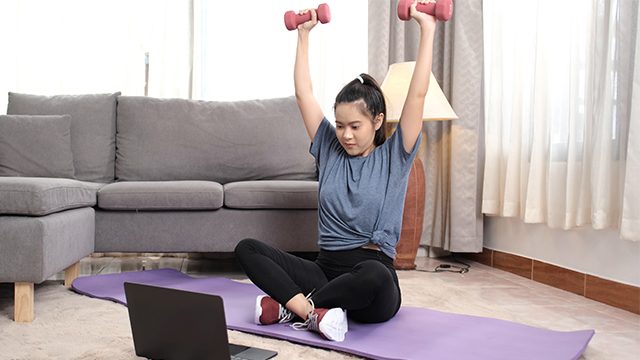
As Philippine schools shift to online distance learning, Physical Education (PE) has ended up as one of the casualty subjects for some learning institutions.
While some needed to cut cost, some found it hard to conduct a PE class that usually requires face-to-face setups and group activities.
Ateneo de Manila University, though, has strived to adjust by creating a “new normal” PE experience for both its students and faculty.
“With how things have developed with this COVID pandemic, we tried to be able to fulfill our responsibilities as a PE program, and that really is based on ensuring that our students have the knowledge to make the right decisions regarding their health and fitness, and also for them to partake in physical activity,” said Ateneo PE department chair David Puen.
“So keeping in mind our general direction, we curated our subjects and within those subjects, the activities to make sure that we meet those two main objectives.”
As the university’s first semester kicked off last September, it was able to offer 190 PE classes to freshmen and sophomore students enrolled.
Ateneo’s PE program hopes to become a model for other schools in the Philippines that are struggling to continue holding classes due to the pandemic.
Adjusting online
Ateneo PE makes use of online learning platform Canvas, where teachers can upload all course materials. It allows students to participate in interactive discussion boards as well.
Instructor Camille Gonzales teaches foundation of sports and fitness, which uses a mix of modules and video recordings to deliver both the theoretical and practical components of the course.
Gonzales could’ve settled with a completely theoretical course, but the physical inactivity brought about by online distance learning pushed her to include the application of fitness as a requirement.
“So during the traditional session – as in the face-to-face classes, it’s mostly theoretical but then this time around, we wanted a challenge,” said Gonzales.
“[Just like being able to work out at home through online videos], we made it possible for them to exercise, analyze their movement patterns and then [mix the] theoretical components with the other practical sessions.”
Dance instructor Jesse “Reflex” Go Tangco, on the other hand, teaches street dance 101 and fundamentals of breaking, but he had to cancel the break dance class to prevent hazards and injuries, especially for beginners.
As a professional dancer, he also had to shift to an online platform like Zoom for his small group classes and mentorship sessions outside the PE program.
He was able to apply this experience when teaching and making content for the Ateneo PE street dance course that has a mix of recorded materials and online meetings for clarification purposes.
“We’re trying to adapt using specific elements for everyone. Majority [are] asynchronous materials in shifting those online and then using synchronous methods, as I would say supplement to help,” said Go Tangco.
The Ateneo PE program also implemented protocols for those who don’t have internet access at home.
Based on her experience of implementing the course during the intersession semester last June to August, Gonzales shared she had to have a USB containing the course files delivered to a student, and the student also passed the requirements through a USB.
This will also be applied throughout the online distance learning program.
“We’ll deliver everything to them, so they’ll be able to access those materials they need for them to keep up with the lessons,” said Gonzales.
In terms of determining the courses to be offered, Puen shared that there was a lot of back and forth in narrowing down the number of sports that can be made available online.
Aside from choosing sports that complied with government protocols, it was highly dependent on how precise the instructors would design their courses and how manageable it will be for the students’ load for the semester.
“We try to factor in the context to which we think our students are in during this particular time and we just try to modify at the same time to deliver the specific topic per course offering,” said Puen.
Among the sports offered are the foundation of physical fitness and health, recreational games, martial arts classes and general fitness classes like yoga, tai chi, and circuit training. Weight training was modified to calisthenics.
Being realistic
The Ateneo PE program puts emphasis on making expectations realistic as it rolls out everything online.
The faculty carefully made general rubrics that are based on the range of quality movements described.
“They are more realistic standards I would say, not necessarily lower because at the end of the day, it’s still going to depend on how students are stimulated because some actually do really well learning asynchronously with visual materials and some don’t. It’s a process in the works,” said Go Tangco.
Each class would only have a maximum of 25 students, as well to make it more manageable for both the instructors and the students to keep up with each other.
Gonzales also factored in the social aspect of PE, where she needed to have different approaches to the extroverts and introverts of the class.
One way that appealed to both characteristics, while managing the class size was to divide the class into groups and assign group leaders, who will coordinate with her.
“I divided them into groupings that’s why it’s more manageable and organized, so instead of talking to them individually, they have groupings and they have group leaders as well who can coordinate with me every now and then,” said Gonzales.
Gonzales also gave a lot of feedback and corrections on the forms of the students, which allowed her to continue having a social interaction with them online. – Rappler.com
Add a comment
How does this make you feel?
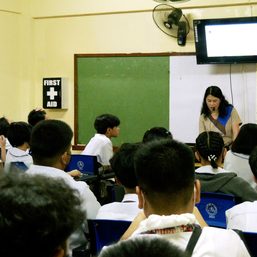
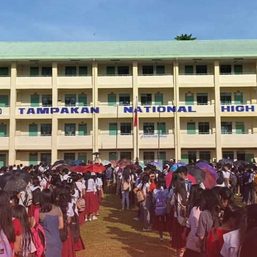

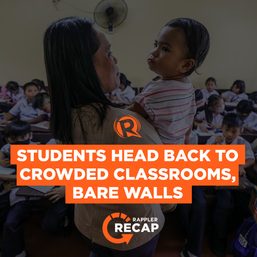
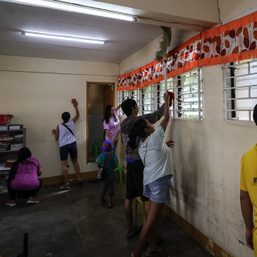
There are no comments yet. Add your comment to start the conversation.